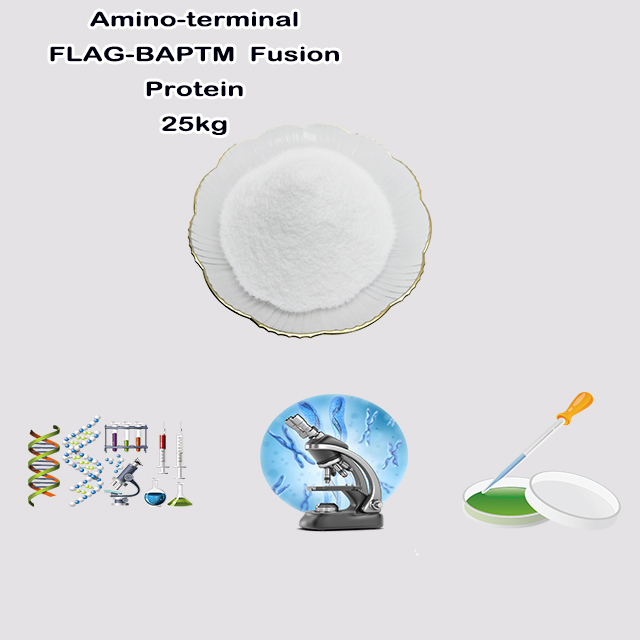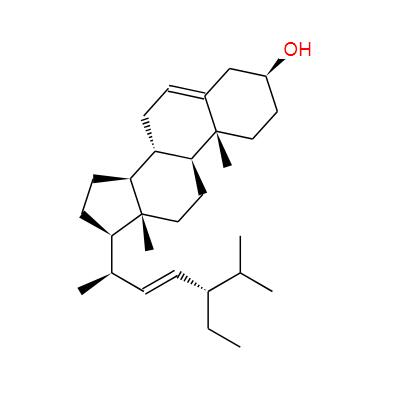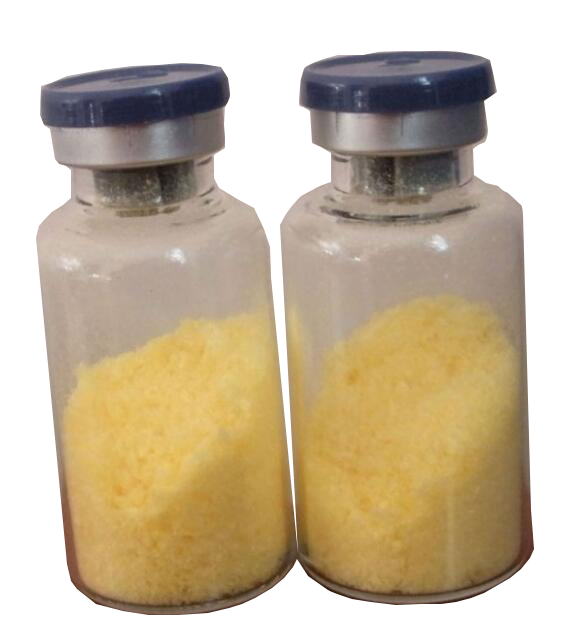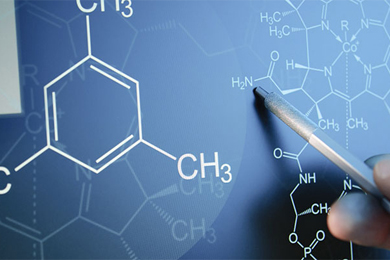
Search

Search

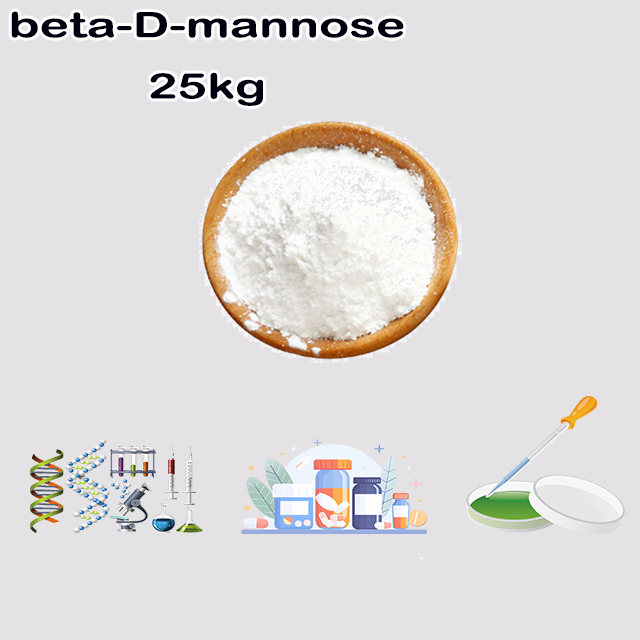
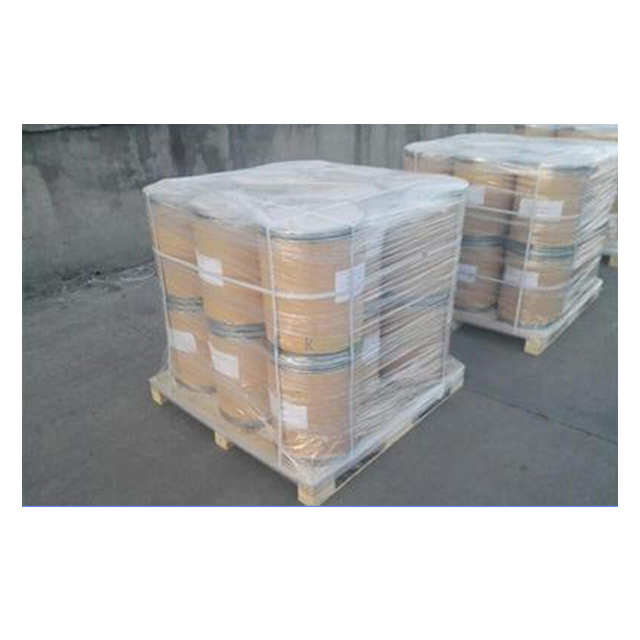
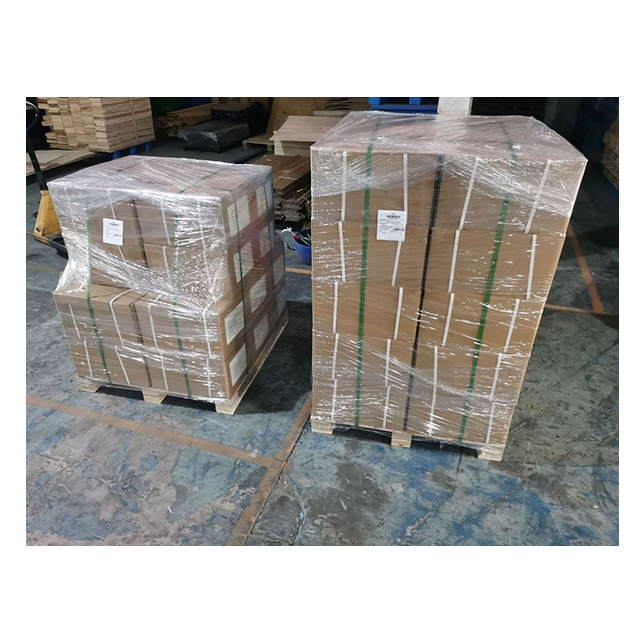

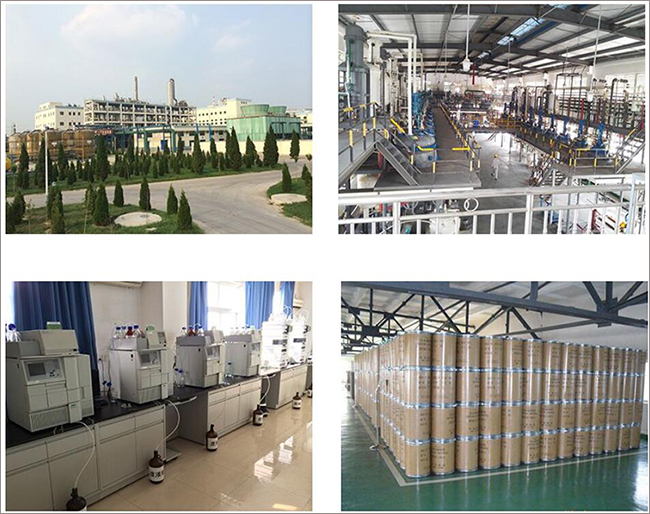





β-D-Mannopyranose is a cyclic monosaccharide and the pyranose form of D-mannose. It features a six-membered oxygen-containing ring (pyranose) with the D-configuration (C5 hydroxyl group on the right in Fischer projection) and a β-anomer (C1 hydroxyl group opposite the C5 CH₂OH in Haworth projection). As a C2 epimer of glucose, its C2 hydroxyl points upward. Found in glycoproteins, plant cell walls (mannans), and microbial polysaccharides, it plays roles in cell recognition and immune function. Used in food additives, pharmaceuticals, and biotechnology, it exhibits reducing properties and a specific optical rotation of −14°. Its stability and biological activity stem from its stereochemistry and hydroxyl group orientation.
Pyranose Ring: Formed by the cyclization of the open-chain form of mannose, where the C5 hydroxyl group reacts with the C1 carbonyl group, resulting in a six-membered ring (resembling pyran, hence the name "pyranose").
D-Configuration: Determined by the orientation of the hydroxyl group at C5. In the Fischer projection, the hydroxyl group on C5 is positioned to the right (mirroring the configuration of D-glucose).
β-Anomer: Refers to the orientation of the hydroxyl group at the anomeric carbon (C1). In the Haworth projection, the β-configuration places the C1 hydroxyl group on the opposite side of the ring relative to the C5 substituent (CH₂OH).
2. Comparison with Glucose
Mannose is a C2 epimer of glucose, meaning their structures differ only in the configuration at the C2 position:
Glucose: C2 hydroxyl group points downward (right in Fischer projection).
Mannose: C2 hydroxyl group points upward (left in Fischer projection).
Glycoproteins and Oligosaccharides: Mannose is a critical component of glycoproteins and oligosaccharides, playing roles in cell recognition, immune responses, and protein folding.
Mannans: Found in plant cell walls (e.g., coffee beans, konjac) and microbial cell walls (e.g., yeast).
Metabolism: Mannose can enter glycolysis via phosphorylation (e.g., by hexokinase) but is metabolized more slowly than glucose.
Food Industry: Used as a low-calorie sweetener or functional additive.
Pharmaceuticals: Employed in antiviral drug synthesis and glycoengineering for targeted therapies.
Biotechnology: Serves as a carbon source in cell culture or as a signaling molecule.
Chemical Properties: Exhibits reducing properties (like glucose) and undergoes oxidation, glycosylation, and other reactions.
Optical Activity: The specific rotation of β-D-mannopyranose in aqueous solution is approximately −14°.
For detailed structural diagrams or molecular data, refer to biochemistry textbooks or databases like PubChem.
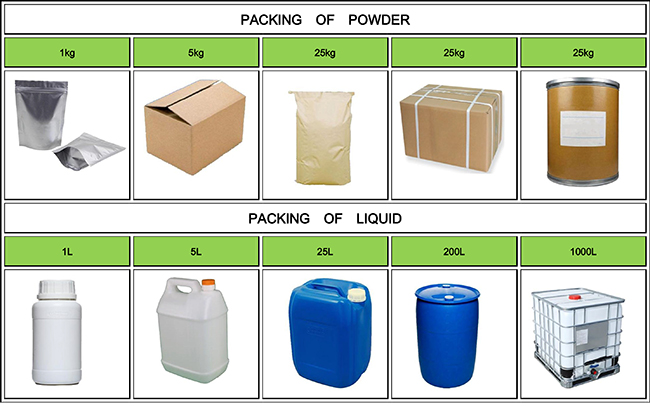



Fortunachem Provides Not Only Professional Chemical Products But Also Professional Help
Keeping you up-to-date with all the latest information, news, and events about Fortunachem!

Quick Links
Add:
E-mail:
 English
English  Español
Español  français
français  العربية
العربية 
